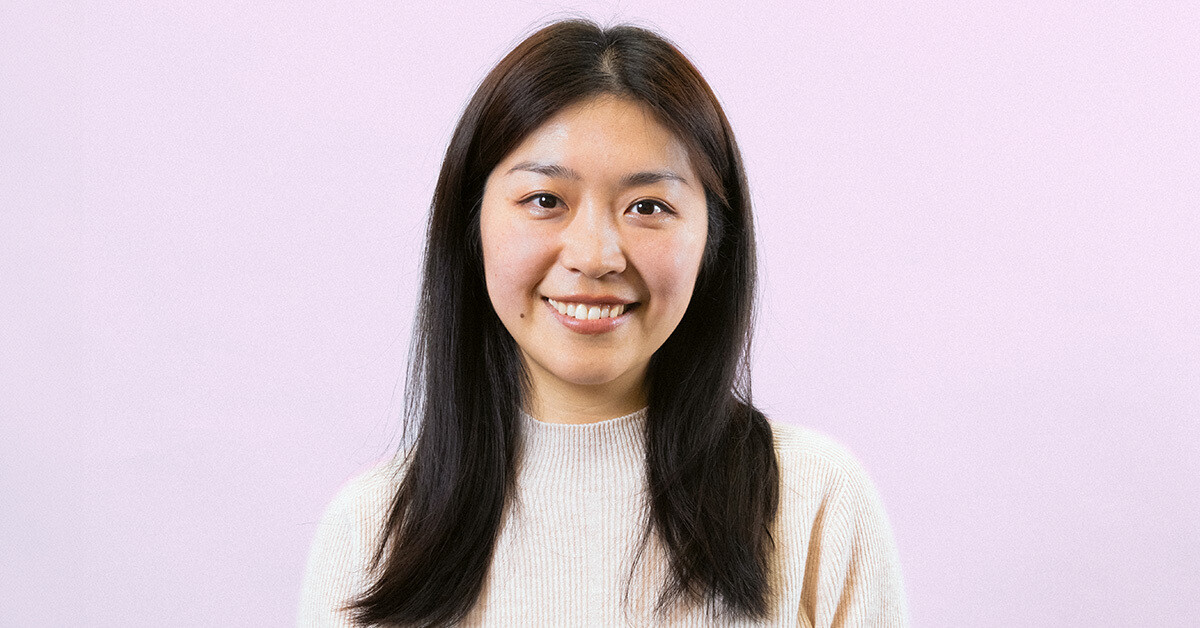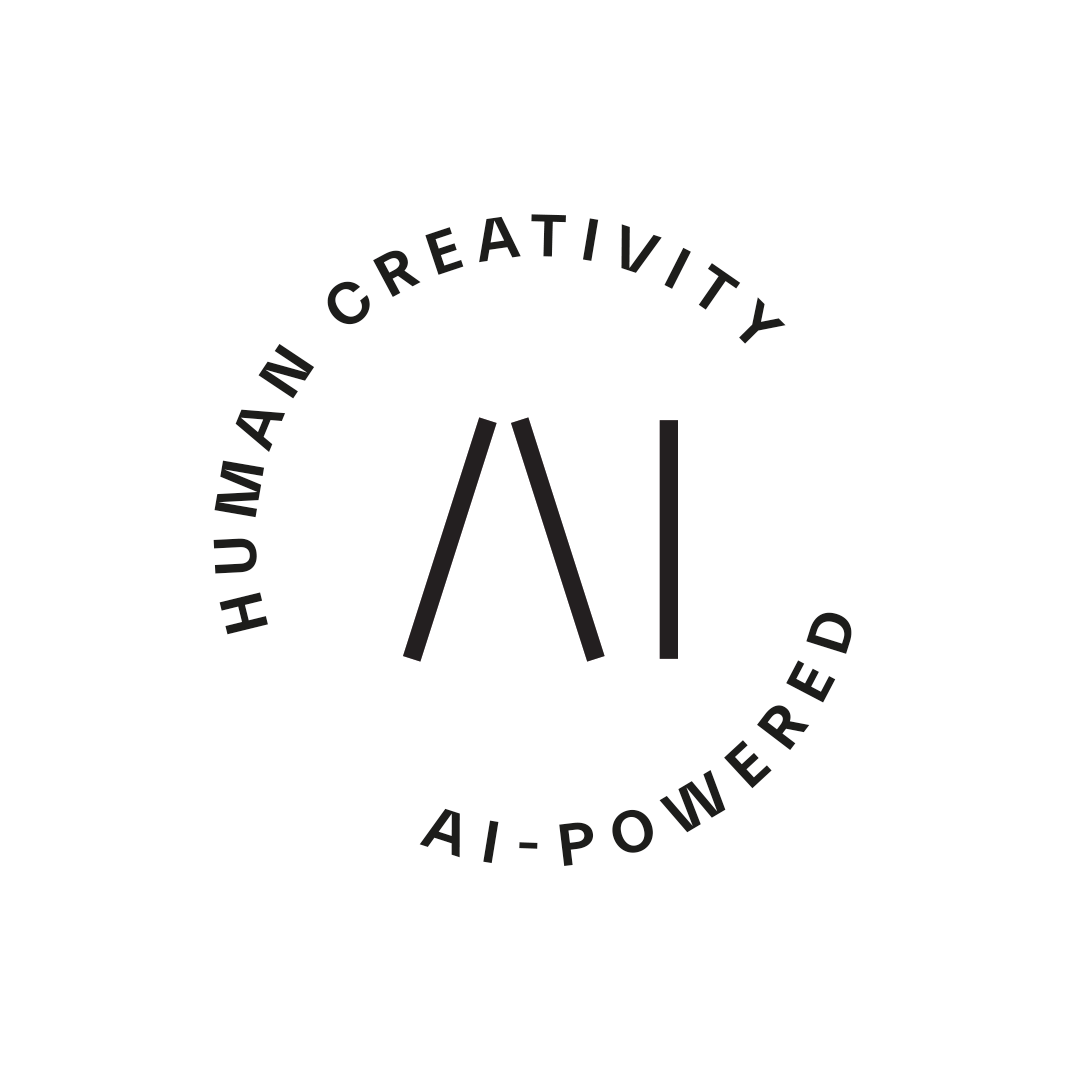
In this interview, we speak to Caroline Chang Liu, Siili’s Design Director in AI and Data Business, discussing the challenges and opportunities AI presents, the importance of regulatory understanding, and the evolving roles within organizations adapting to AI.
In the interview, Caroline shares her insights on:
- How Siili approaches AI not just as a technical tool, but as a holistic solution that addresses the broader implications for businesses.
- Challenges and opportunities AI brings, the importance of understanding regulatory frameworks,
- Evolving roles within organizations as they adapt to AI-driven processes. the essential skills for designers in the AI era and
- Ethical considerations that come with deploying AI solutions.
Michal Wlosik: Siili is becoming AI-powered. But AI is such a buzzword today and many companies claim they are doing the same. Do you think Siili is doing it in a distinct way?
Caroline Liu: I think we are approaching AI not only from a technical tooling perspective, but also from a holistic understanding. We want to help clients accelerate certain work processes through AI tools or solve specific problems using AI tools. Meanwhile, we also want to help clients understand the potential impacts that AI will bring, including change management in the organization. When an organization adopts this new type of solution, you can compare it to the time when we started using computers and reduced the use of printing machines. There will be an adaptive curve, and we want to facilitate that holistically. We help clients understand the compliance framework and ensure that whatever AI solution they gather is trustworthy. Additionally, we help companies foresee the potential trade-offs of using AI solutions, including the impacts on their current business processes and who is involved in that process. We also help them mitigate any negative impacts.
All of these considerations need to be addressed from the beginning, during the process, and after the deployment of the solution. We are here to support the business.
Michal Wlosik: There is certainly a lot of hype around AI, and sometimes clients can’t see through the hype. They just want AI at any cost, and as soon as possible. How do we make sure we are not pushing for AI just for the sake of it?
Caroline Liu: Where there is high enthusiasm, there is also bias. This is something we have already observed in the industry. Some clients have a proof of concept made by their R&D department out of curiosity about the tooling or technology, but they need to integrate it into the business value chain.
Siili wants to use AI-based solutions to help businesses solve problems that help their bottom line. In practice, we help companies identify challenges that could potentially be resolved using AI. Then, we assess these challenges from various perspectives, including business desirability, tech feasibility, human experience, compliance, and ethical aspects, to evaluate if the challenge is truly worth solving with AI from an investment and strategic point of view.
Michal Wlosik: Regarding ethics and data-driven design decisions, and maybe from the client’s perspective, are there scenarios where they specifically don't want AI used in a project?
Caroline Liu: Of course, it depends on business priorities. Some companies may not be ready from a personal data protection perspective or due to company IT policies. However, this will change soon as generative AI reaches massive adoption. A Forbes report stated that three out of four people are using generative AI. There is no turning back now.
Michal Wlosik: Regarding the EU regulations, they are necessary to protect privacy and ensure ethical AI development, but don't they block innovation in a way?
Caroline Liu: If you bring a regulated territory for AI, some types of innovation will stagnate. I thought about this three years ago when we discussed the initial draft of the regulation. It's important to understand the role and final goal of it, where Europe wants to be in terms of AI technology. I follow how AI is adopted, booming, and utilized in China. My take is that Europe is more of a role model in terms of ideology. The EU regulates AI from a risk perspective, considering the risk it brings to society. This tells us to emphasize why there is such a regulation. It's the first step for humans to navigate a new, powerful technology that will inevitably impact society. However, regulations will slow certain innovations, like the high-risk regulation linking to credit evaluations for financial institutions, requiring compliance with a long list of regulations. This will lengthen the adoption curve.
Michal Wlosik: It sounds like AI is making things easier, but at the same time much harder in different ways.
Caroline Liu: Exactly. While AI brings efficiency, we are reinventing our "ways of working" to mitigate the risks AI may bring. This also indicates a need for new types of experts in our field. As a consulting company, we see new groups of people with a high interest in AI starting to reinvent their roles in their areas of expertise. For instance, software engineers are trying different types of AI-powered tools, whether in testing or in code, low-code, and no-code tools. Data scientists are not only focusing on algorithms and large language models, but also exploring ethical aspects, explainability of models, and usage. Designers are considering what AI means for user experience and how to design when using AI-assisted tools. They also need to understand the limitations of AI and new regulations, such as the EU AI Act, and how to propose sustainable AI solutions. Besides AI, understanding the bigger data landscape is crucial, like the concept of data spaces for collectively sharing and gathering data across business entities.
We see a lot of reinvention happening within Siili. We are also developing a common language to create a unique identity for Siili.
Michal Wlosik: What new roles are emerging?
Caroline Liu: Apart from AI development team, we would need people who understand regulations and have good domain compliance knowledge. For example, the banking industry is heavily regulated to protect consumers and ensure the financial system's stability. Combining domain-specific regulations to ensure business compliance requires experts. In addition, we will need people to work with AI strategy, human experience, ethics, AI policy, and governance.
Michal Wlosik: What are the essential skills people in design should start learning?
Caroline Liu: There will always be people doing traditional design, similar to print design. For those wanting to work more with AI-embedded solutions, it is crucial to gain the AI vocabulary and a basic understanding of how things work together.
Designers should also consider the impacts of AI on human behavior and experience, touching on ethical aspects. They remain gatekeepers for human experience and should ensure human control is maintained in automated processes. If certain processes are automated, we need to consider the jobs being replaced and provide new training to ensure work remains meaningful.
Understanding the regulations and staying updated with new AI-embedded tools is also important. In the future, AI will be seamlessly embedded into our daily tools. For example, Miro and Figma are adding AI features. Designers don't need to use different tools, but AI makes things easier, like how Photoshop has evolved a lot over the years.
Michal Wlosik: What would be an example of bad use of AI in design?
Caroline Liu: Assuming that AI replacing human experience means we don't need to focus on human experience is dangerous. One example is the Malaysia air crash about ten years ago caused by an autopilot system that prevented the pilot from taking control. This shows that whenever we design automated processes, we need to design for human control alongside automation. Both are important for secure and trustworthy solutions. Similarly, over-relying on generative AI without validating results can also be problematic. I saw an image generated by AI without a saddle, which was an obvious mistake. In other areas, over-trusting AI can lead to errors from inaccurate data sources or flawed logic. The new way of working for designers involves faster ideation and creation but longer auditing processes. Overall, AI will make design faster, but thorough validation remains essential.
Michal Wlosik: At Siili, we've seen that AI can boost developer productivity by up to 50%. Can it be measured that way for design? Have you measured how much faster design tasks are done with AI?
Caroline Liu: I haven't specifically quantified the improvements in design productivity given the broad spectrum in design—from business vision and strategy to visual design in development projects. However, I have personally experienced a significant productivity boost using AI tools like Copilot in certain tasks.
For instance, doing market research and analysis that used to take me about a week, now can be done in a couple of hours with Copilot. It allows me to quickly gather insights by prompting it, making the process much more efficient.
While it's challenging to put an exact number on the time saved in design tasks, the impact of AI is clear. It helps streamline many aspects of our work, allowing us to focus more on creativity and strategic thinking.
Michal Wlosik: What is the new approach to design in the AI hype era?
Caroline Liu: I view design as a way to map out possibilities within the given constraints. In the AI era, these constraints include domain and regulation, responsible and ethical AI solutions, human experience, technical feasibility, and business desirability. These five aspects should be considered from the beginning in the defining phase to link tech enthusiasm with practical business solutions. Assessing trustworthiness and following up after deploying AI solutions are also important. For example, Google has good design guidelines for AI solutions. Generative AI brings changes to the landscape, and its impact on design remains to be seen. At Siili, we focus on updating our tools and ways of working to adapt to this new reality.
As we embrace AI, we aim to spark new ideas and push the boundaries of what's possible in design, ensuring our solutions are smarter, more adaptive, and impactful.
.png)
